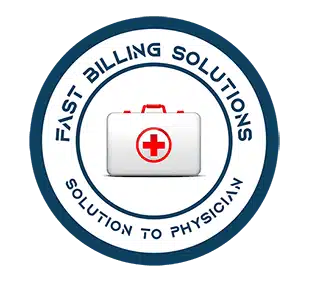
Understanding the differences between medical coding and medical transcription is essential for appreciating the unique roles they play in the healthcare industry. Both are critical for the efficient operation of healthcare practices, though they serve different purposes and require distinct skills. Below, we will explore what medical coding and medical transcription are, along with their respective benefits.
What is Medical Coding?
Medical coding is the process of translating healthcare diagnoses, procedures, medical services, and equipment into universal medical alphanumeric codes. The primary coding systems used are the International Classification of Diseases (ICD) and Current Procedural Terminology (CPT). Medical coders analyze clinical statements and assign standard codes using these classification systems.
Benefits of Medical Coding
- Accuracy in Billing: Medical coding ensures that healthcare providers are accurately reimbursed for their services by translating complex medical reports into standardized codes that insurance companies can process.
- Data Management: Standardized codes facilitate the organization and retrieval of patient information, which is critical for healthcare management and research.
- Compliance: Medical coding helps ensure compliance with regulatory requirements, including those related to insurance claims and health information privacy.
- Efficiency: Streamlined coding processes reduce the time and effort required for billing and administrative tasks, allowing healthcare providers to focus more on patient care.
What is Medical Transcription?
Medical transcription is the process of converting voice-recorded reports dictated by physicians and other healthcare professionals into text format. Transcriptionists listen to audio recordings and transcribe them into written documents, which become part of the patient’s medical record.
Benefits of Medical Transcription
- Accurate Records: Medical transcription provides accurate and comprehensive documentation of patient encounters, ensuring that all details are recorded verbatim from the healthcare provider’s dictation.
- Time-saving: By transcribing dictations, transcriptionists free up healthcare providers from having to write or type their notes, allowing them to spend more time with patients.
- Detailed Documentation: Transcriptions capture detailed narratives of patient encounters, including symptoms, diagnoses, treatment plans, and follow-up instructions, which are essential for continuity of care.
- Enhanced Communication: Transcribed medical records enhance communication among healthcare team members by providing clear and accessible documentation of patient care.
Key Differences Between Medical Coding and Medical Transcription
1. Purpose
- Medical Coding: Focuses on translating medical procedures, diagnoses, and services into standardized codes for billing and data management purposes.
- Medical Transcription: Involves converting voice-recorded medical reports into written text to create detailed and accurate patient records.
2. Skills Required
- Medical Coding: Requires a strong understanding of medical terminology, anatomy, and physiology, as well as proficiency with coding classification systems like ICD and CPT.
- Medical Transcription: Requires excellent listening and typing skills, a thorough understanding of medical terminology, and the ability to accurately transcribe spoken words into written text.
3. Workflow Integration
- Medical Coding: Primarily integrated into the billing and revenue cycle management process, ensuring that services provided are correctly billed to insurance companies.
- Medical Transcription: Integrated into the clinical documentation process, providing detailed written records of patient encounters that support ongoing patient care and legal documentation requirements.
4. Output
- Medical Coding: Produces standardized codes that are used for billing and data analysis.
- Medical Transcription: Produces detailed written medical reports that become part of the patient’s medical record.
5. Primary Focus
- Medical Coding: Focuses on converting clinical information into codes for financial and administrative purposes.
- Medical Transcription: Focuses on creating accurate and detailed textual documentation from audio recordings for clinical use.
Conclusion
While medical coding and medical transcription serve different functions within the healthcare system, both are essential for the efficient operation of healthcare practices. Medical coding translates clinical services into standardized codes for billing and data management, ensuring accuracy and compliance. Medical transcription converts voice-recorded medical reports into written documents, providing comprehensive and accurate patient records that support continuity of care and enhance communication among healthcare providers. By understanding the distinct roles and benefits of each, healthcare practices can optimize their administrative and clinical processes to improve overall efficiency and patient care.
Click to Get Free Demo of your Practice Today!Fast Billing Solutions is not just a service provider; we are your reliable ally in optimizing revenue, reducing administrative burdens, and fostering financial health. Join hands with us, and experience a seamless journey towards efficient and effective medical billing services near me.
As a leading medical billing company, we understand the challenges that healthcare providers face in the complex realm of medical billing. With a decade of unwavering commitment, we have been at the forefront, providing comprehensive solutions to alleviate the pain points that often accompany the billing process.
